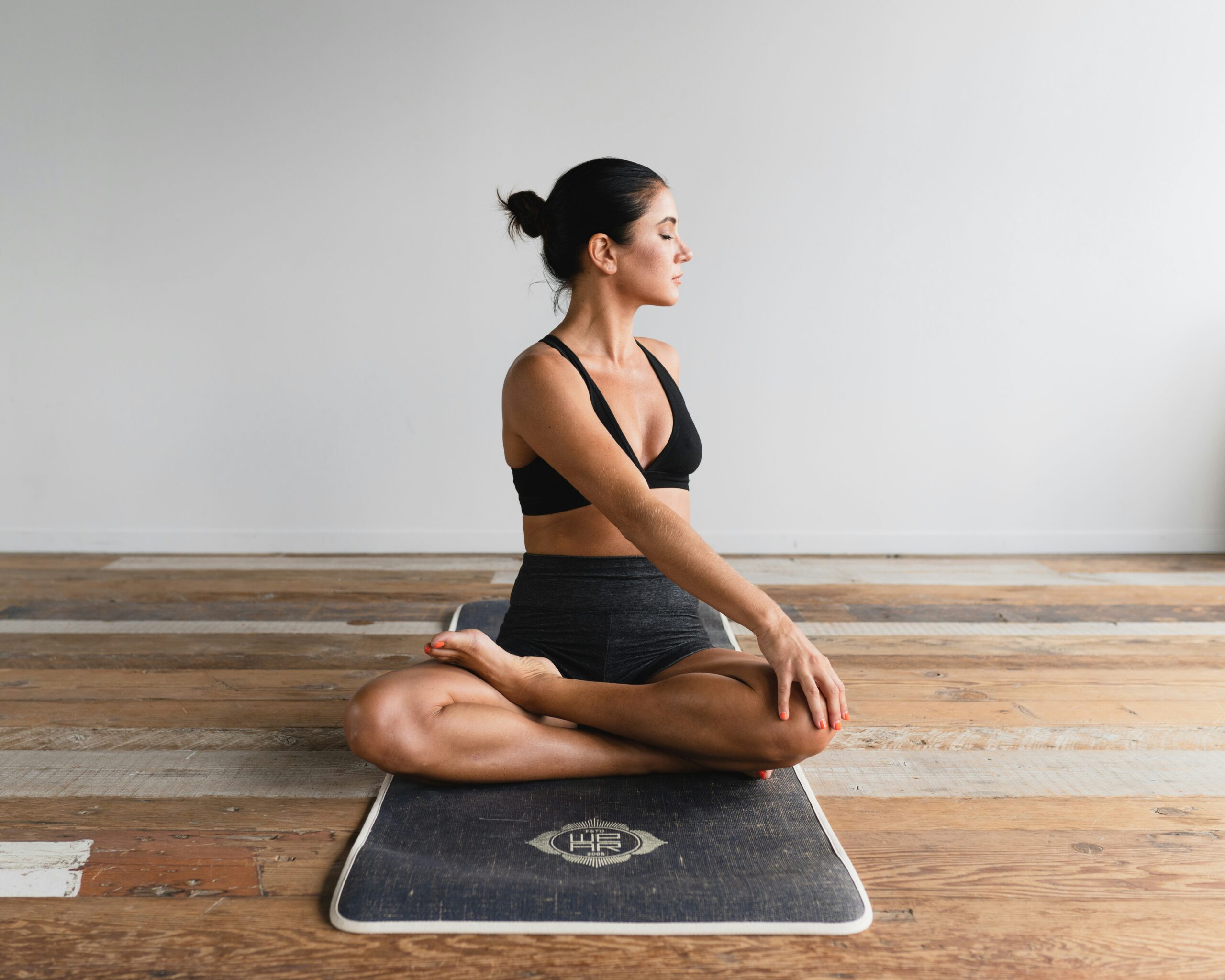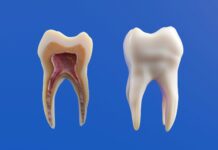Dogs are some of the most beloved creatures on Earth. They have been our companions for thousands of years, offering us unconditional love, loyalty, and companionship. Owning a dog can change your life in so many ways. Whether you’re a seasoned dog owner or considering getting your first dog, this comprehensive guide will provide you with everything you need to know to ensure a happy and healthy life for both you and your dog.
1. Choosing the Right Dog for You 🦴
The first and most crucial step in the dog-owning journey is choosing the right dog breed that fits your lifestyle, living situation, and preferences.
Size
Dogs come in various sizes, and the size of the dog you choose should be appropriate for your living space. If you live in an apartment, a smaller breed might be a better choice. On the other hand, if you live in a house with a large yard, a larger breed will have plenty of room to roam.
- Small Breeds (e.g., Chihuahua, Pomeranian) are perfect for apartment living due to their compact size.
- Medium Breeds (e.g., Beagle, Cocker Spaniel) are great for homes with some outdoor space and still fit comfortably indoors.
- Large Breeds (e.g., German Shepherd, Golden Retriever) require a lot of space and exercise, making them ideal for homes with large yards.
Energy Levels
Each dog breed has its own energy level. Some dogs are high-energy and require a lot of exercise, while others are more laid-back and content with a few short walks.
- High-Energy Breeds (e.g., Border Collie, Labrador Retriever) need constant mental stimulation and physical activity. These breeds are perfect for active individuals or families.
- Low-Energy Breeds (e.g., Bulldog, Basset Hound) tend to be more relaxed and don’t require as much physical exertion.
Temperament
A dog’s temperament is one of the most important factors in choosing the right companion. Some dogs are great with families and children, while others are more independent and may not enjoy being around other pets.
- Family-Friendly Breeds (e.g., Golden Retriever, Beagle) are known for their gentle nature and are great with children and other pets.
- Independent Breeds (e.g., Basenji, Shiba Inu) may not be as sociable or eager to please but can make wonderful pets for owners who enjoy more independent dogs.
2. Preparing for Your New Dog 🏡
Bringing a new dog into your home requires some preparation. Below are the essentials to make sure your dog is comfortable in their new environment.
Essential Supplies
Before bringing your dog home, make sure you have the following:
- Food and Water Bowls – Invest in sturdy bowls that will last.
- Dog Bed – Provide a cozy, comfortable spot for your dog to rest.
- Leash and Collar – Essential for walks and outings.
- Toys – Stimulate your dog’s mind and keep them entertained.
- Food – Choose a high-quality food that suits your dog’s age, size, and breed.
Create a Dog-Friendly Home
Dogs thrive in environments that are safe and welcoming. Make sure your home is dog-proof by removing any hazards (e.g., sharp objects, toxic plants). Set up a quiet area where your dog can retreat to when they need a break. If you’re introducing a puppy, start house training early to establish good habits.
3. Nutrition: What Should Your Dog Eat? 🍖
A balanced diet is key to your dog’s health and well-being. While each dog is unique and may have specific dietary needs, here are the basics of dog nutrition:
Types of Dog Food
- Dry Food (Kibble) – Convenient, affordable, and helps keep your dog’s teeth clean.
- Wet Food (Canned) – Moisture-rich and palatable, but usually more expensive.
- Raw Food – Some owners prefer to feed their dogs raw or “barf” (biologically appropriate raw food) diets.
Make sure the dog food you choose contains high-quality ingredients, such as animal proteins, healthy fats, and essential vitamins.
Portion Control
Overfeeding or underfeeding can lead to health problems. Follow the feeding guidelines provided by the manufacturer, but also adjust based on your dog’s age, size, and activity level.
Toxic Foods to Avoid
Never feed your dog chocolate, grapes, raisins, onions, garlic, caffeine, alcohol, or bones from cooked meat. These can be harmful or even deadly to dogs.
Treats and Snacks
Healthy dog treats are a great way to reward your dog for good behavior. However, treats should only make up a small portion of their diet to prevent obesity.
4. Exercise and Mental Stimulation 🐕🦺
Exercise is essential to a dog’s physical and mental health. Regular physical activity helps prevent obesity, improves muscle tone, and supports heart health. Additionally, mental stimulation keeps your dog sharp and well-behaved.
Daily Walks
Walks are an important daily activity for your dog. Not only do they help burn off energy, but they also provide essential socialization with other dogs and people.
Interactive Play
Engage in activities like fetch, tug-of-war, or hide-and-seek. These games not only burn energy but also strengthen the bond between you and your dog.
Training and Socialization
Training is not only about teaching your dog commands but also about providing mental stimulation. Basic obedience training (sit, stay, come) is crucial for your dog’s safety and manners. Socializing your dog with other animals and people at an early age can help prevent behavioral issues later on.
5. Grooming Your Dog ✂️
Regular grooming keeps your dog looking good and feeling healthy. Different breeds have different grooming needs, but here are the basics:
Bathing
Baths should be given as needed. Too much bathing can strip your dog’s coat of natural oils, so avoid over-bathing unless your dog gets very dirty or smelly.
Brushing
Brush your dog regularly to remove loose hair and prevent matting. Dogs with long or thick coats (e.g., Golden Retrievers, Poodles) will need more frequent brushing.
Nail Trimming
Keeping your dog’s nails trimmed is essential for their comfort and health. If their nails get too long, they can become painful or cause mobility issues.
Ear Cleaning
Regularly check your dog’s ears for signs of infection or wax buildup. Clean their ears with a vet-approved solution if necessary.
Dental Care
Dog dental health is often overlooked, but it’s important. Regular brushing or dental chews help prevent gum disease and bad breath.
6. Health and Veterinary Care 🏥
Routine veterinary care is essential to keep your dog in the best possible health.
Vaccinations
Ensure your dog receives all the necessary vaccinations, such as rabies, parvovirus, and distemper. Speak with your vet about which vaccines are appropriate for your dog’s age, breed, and location.
Parasite Prevention
Fleas, ticks, and heartworms can cause serious health issues. Talk to your vet about the best preventative treatments for your dog.
Regular Checkups
Annual vet visits help catch any potential health problems early. Your vet will check for common issues like ear infections, skin conditions, and weight problems.
7. Behavioral Issues and Training 🎓
Behavioral issues are common in dogs, but they can usually be addressed with proper training, patience, and consistency.
Separation Anxiety
Dogs that suffer from separation anxiety may exhibit destructive behaviors when left alone. Gradual desensitization and crate training can help ease anxiety.
Barking
Excessive barking can be annoying, but it’s often a sign of boredom or anxiety. Provide mental and physical stimulation and consider professional training if necessary.
Aggression
If your dog shows signs of aggression toward other animals or people, seek professional help immediately. Aggression can stem from fear, poor socialization, or lack of training.
8. Traveling with Your Dog ✈️
Whether you’re going on a road trip or flying across the country, traveling with your dog requires preparation.
Car Travel
Ensure your dog is secure during car rides using a dog seatbelt or crate. Bring along water, snacks, and their favorite toys to keep them comfortable.
Air Travel
If you’re flying, make sure your dog is familiar with their crate and check airline regulations for traveling pets. Book a direct flight when possible and avoid flying with your dog during extreme temperatures.
Vacationing with Your Dog
Research dog-friendly accommodations and activities. Many places now welcome pets, so you can bring your furry friend along for your adventure.
Conclusion 🐕💖
Owning a dog is a rewarding experience that brings joy and love into your life. With the right preparation, training, and care, you can ensure that your dog lives a happy, healthy life. They’ll repay you with loyalty, affection, and companionship that makes every day special.
Now, it’s time to enjoy the beautiful journey with your dog! 🐾✨


























